Customer reviews
There are no customer reviews for this product yet.Compose your own review
Do you have specific questions about your order or products? Please contact our customer service!
Customers who bought this product also bought...
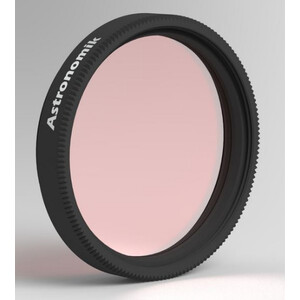
$ 93.00
Astronomik Filters ProPlanet 642 BP 1.25"
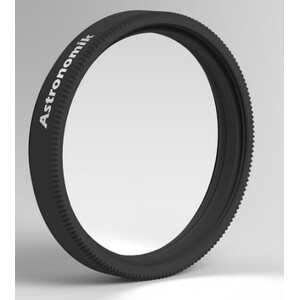
$ 69.00
Astronomik Filters ProPlanet 807 1.25" IR bandpass filter
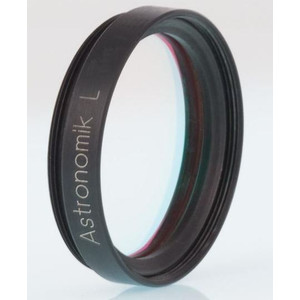
$ 81.00
Astronomik Filters Luminanz L-2 UV-IR blocking filter, 1.25"
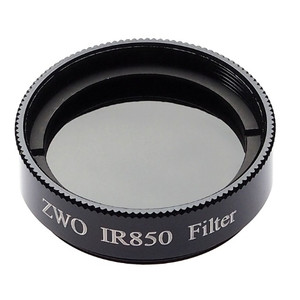
$ 40.90
ZWO Filters Filter IR-Pass 1,25"
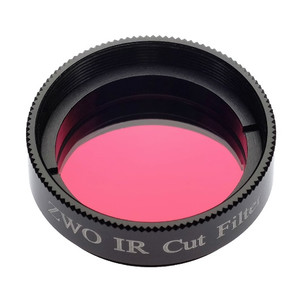
$ 40.90
ZWO Blocking Filters UV/IR 1.25"
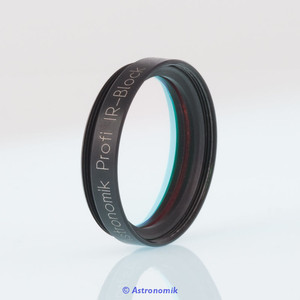
$ 69.00
Astronomik 1.25" IR blocking filter
